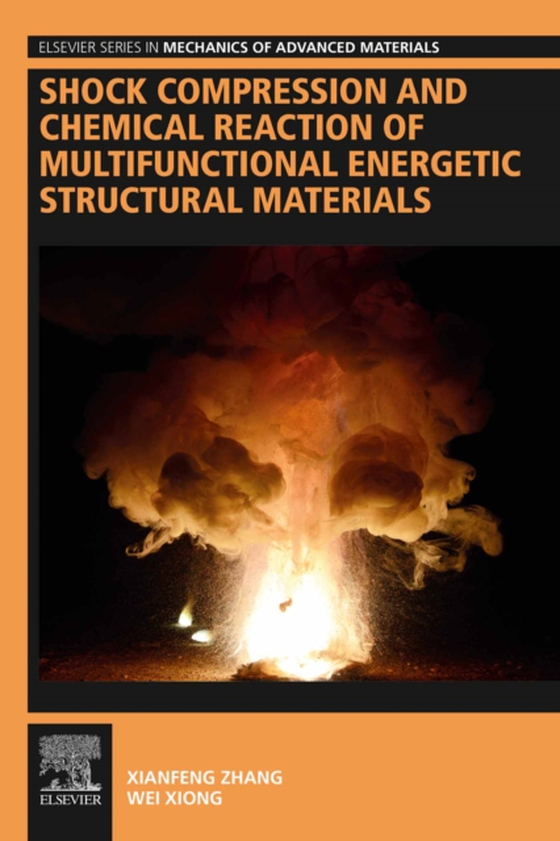
Shock Compression and Chemical Reaction of Multifunctional Energetic Structural Materials e-bog
2190,77 DKK
(inkl. moms 2738,46 DKK)
Shock Compression and Chemical Reaction of Multifunctional Energetic Structural Materials provides an exhaustive overview of the mechanics, kinetics and physio-chemical behavior caused by shock-induced reaction and shock compression on multifunctional energetic structural materials (MESMs). The book covers foundational knowledge on shock waves and Equation of State (EOS), shock parameters, reac...
E-bog
2190,77 DKK
Forlag
Elsevier
Udgivet
2 september 2022
Længde
252 sider
Genrer
PNR
Sprog
English
Format
epub
Beskyttelse
LCP
ISBN
9780128196847
Shock Compression and Chemical Reaction of Multifunctional Energetic Structural Materials provides an exhaustive overview of the mechanics, kinetics and physio-chemical behavior caused by shock-induced reaction and shock compression on multifunctional energetic structural materials (MESMs). The book covers foundational knowledge on shock waves and Equation of State (EOS), shock parameters, reaction kinetics, impedance matching, and more. In addition, it looks at more advanced subjects such as experimental analysis methods, numerical modeling techniques (from quasi-static to high-strain rates, including void collapse models), how EOS changes when reaction and detonation are involved, and more. Final chapters cover how to obtain EOS curves from experiments and various testing methods and numerical models for non-reactive porous solids and particulate composites, including 1-D reactive flow models. Flyer plate impact experiments are also discussed, as are the applications of hydrocodes and Lagrangian-framework-based methods. Provides an ideal balance of modeling concepts and experimental techniques Looks at mechanical testing processes of MESMs Outlines sample preparation, testing of samples, obtaining EOS from the testing, and using EOS for simulation Covers modeling for pore collapse, constituent material, and at a granular level
 Dansk
Dansk

